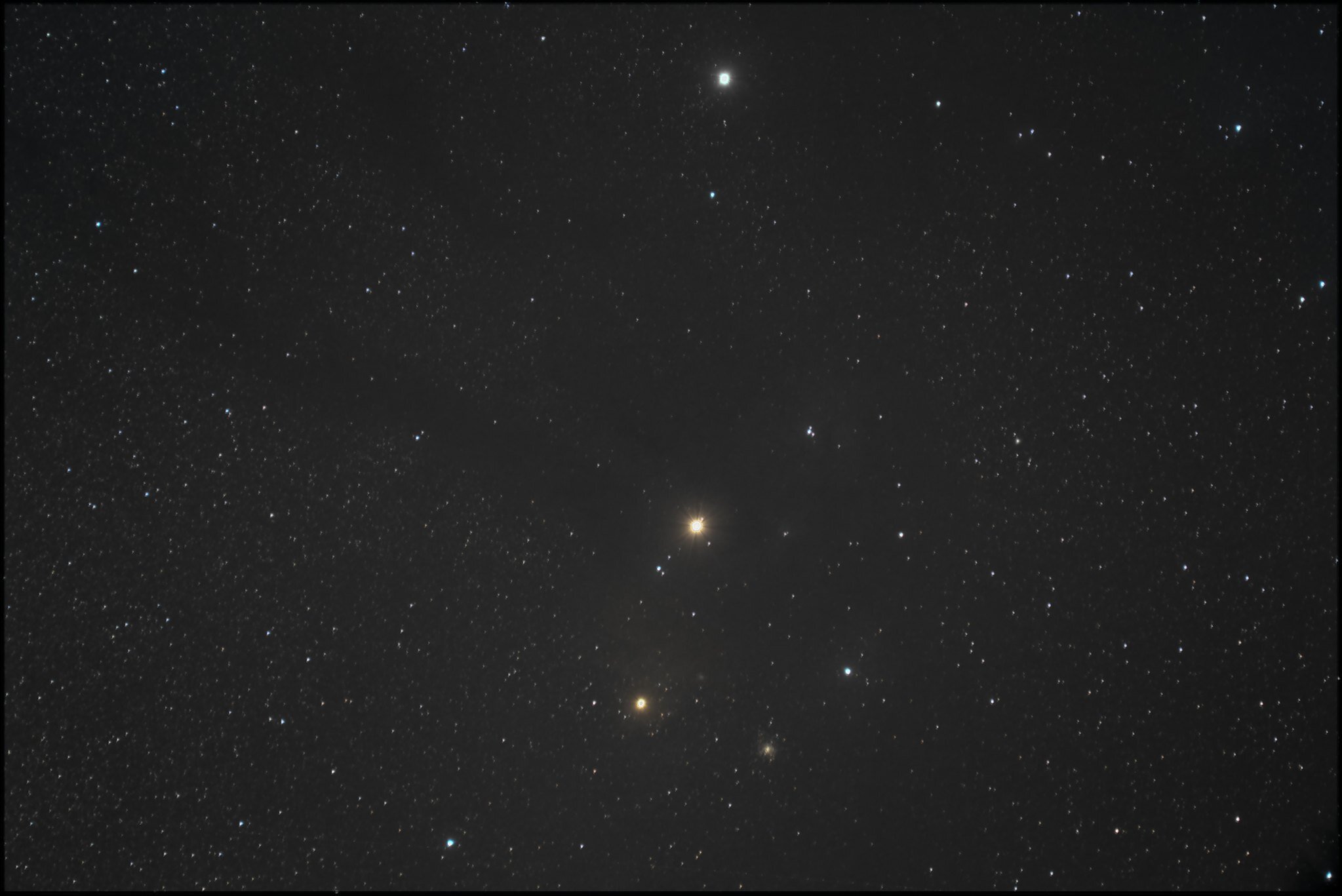When the night sky makes the news
/The pre-dawn sky on June 3 will include a thin crescent moon (centre) and several visible plants - adapted from starry night
IT’S A DOUBLE-EDGED sword when unusual astronomical events get big coverage in the mainstream and social media.
In recent years, the term “supermoon” has been used to describe full moons that are slightly larger than the norm because the Moon is closest to Earth in its orbit.
These “perigees” coincide with the full Moon several times a year.
As with most things astronomical, close is a relative term. At perigee the Moon is still about 356,000 kilometres from Earth, compared to about 407,000 at its farthest point known as apogee.
And it’s a reach to call the Moon supersized when it’s closest to Earth given that it’s only about seven per cent larger. But the term supermoon appears to have caught the popular imagination when it comes to our lunar companion and I’m all for anything that turns more eyes toward the sky.
I’ll add a caveat to that when it comes to blatantly misleading rumours or social media trends. The big offender in recent years has been misinformation about the size of Mars when it makes a relatively close approach to Earth. Mark your calendars! Mars will be as big as the full Moon!
The full moon is a lovely sight whether it’s “super” or not. - john mcphee
Not so much. The Red Planet does get much brighter during its closer approaches and it’s a beautiful sight. But like all the planets, it’ll simply look like a particularly bright star.
The planets have been in the news lately under the headline “planetary parade.” Several will be visible in the pre-dawn sky in June 2024, accompanied by a crescent Moon from June 1 to June 5.
The “stars” of the show will be Jupiter and Mercury, which will appear to be very close together very low on the northeastern horizon. It will be easy to tell them apart because Jupiter is much brighter than Mercury.
Unfortunately the pair will be very low in the sky and will quickly disappear as the Sun approaches the horizon.
An extremely thin crescent Moon will be above Jupiter and Mercury on June 5, with the bonus of the star cluster Pleiades just above the Moon.
Mars and Saturn also will be visible to early risers above the east and southeast horizon respectively. But Mars is relatively far away from Earth these nights so it will be much dimmer than Saturn.
Neptune and Uranus also will be part of the planetary show in June but you’ll need large binoculars - preferably mounted on a tripod - or a telescope to see them.
I’ve been pounding the mallet a bit on this and don’t intend to dissaude anyone from following up on astronomical news. By all means get up early to spot our companions in the solar system but do so with tempered expectations.
See also Skylights for June 2024







